The Legend of Zelda has been my favorite video game franchise for pretty much my whole life. From the first time I played A Link to the Past on my SNES as a kid, to the hundreds of hours I’ve put into Breath of the Wild, the adventures of Link and Zelda have been a constant source of joy and wonder for my past three decades of gaming.
With Tears of the Kingdom finally upon us, I decided to embark on a journey over the past year to replay as many Zelda games as I could and see if this crash course through gaming history could help me glean any new insight into a series that has meant so much to me. I’ll be relaying my thoughts through a set of short features highlighting one thing that stood out to me from each game.
Today’s game – 1992’s The Legend of Zelda: A Link to the Past.
Depending on the day you ask me, there’s a chance that I’d say that The Legend of Zelda: A Link to the Past is my favorite game ever made. I say chance because I’m not even sure it’s my favorite Zelda game, (It’s definitely in the top three.) and I’m not even sure it’s my favorite SNES game. (It’s definitely in the top five.) But the way Nintendo took the formula of the original game and made a truly generational leap in every facet imaginable was a remarkable feat.
It was in this evolution that Nintendo was able to harness the sense of adventure and excitement that existed partially in the player’s imagination and transpose it onto the events happening on screen. In other words, it created magic. And there’s one moment in A Link to the Past that exemplifies the kind of magic that’s equal parts awe-inspiring and melancholic, a blend that we’ve seen time and time again in the series.
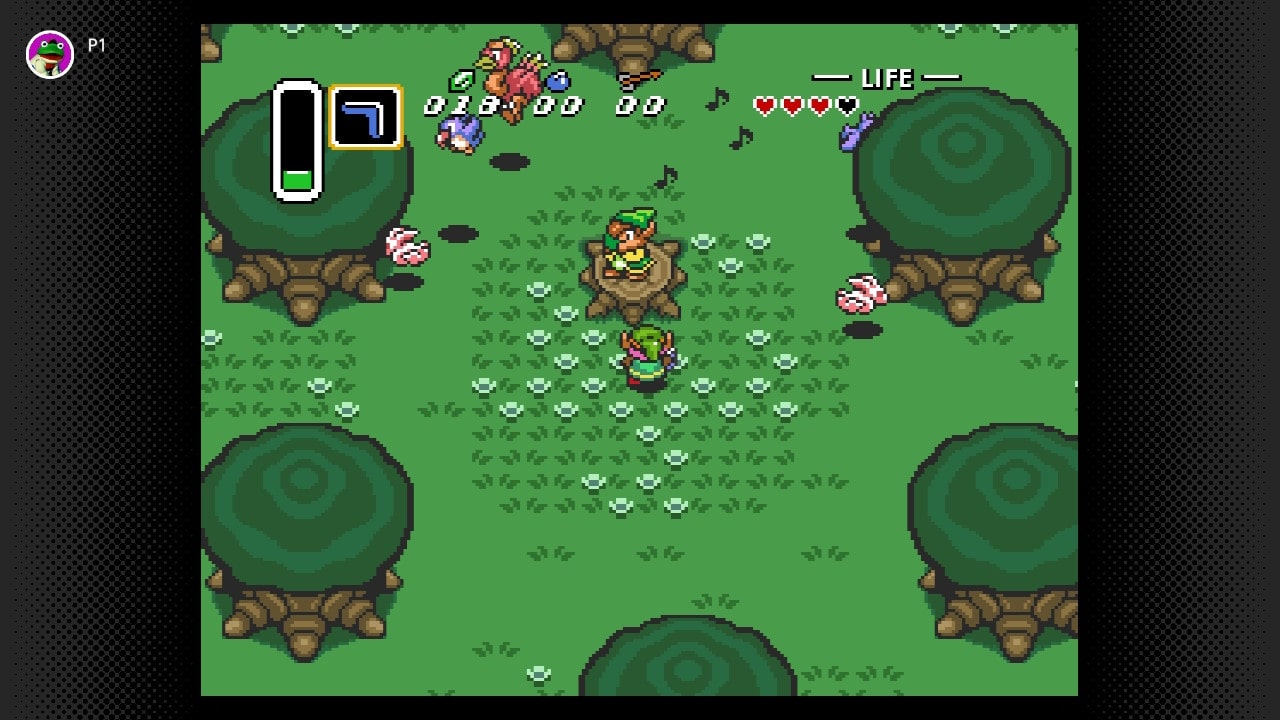
A Link to the Past is a game filled with magic. There’s the technical magic on display that floored me as a kid and still impresses me to this day. The game starts off during a raging storm, the sound of which becomes more and more distant the deeper you venture into the castle’s underbelly. Within dungeons, you use torches to illuminate dark rooms in small increments – an early form of the natural chemistry we’d see become a focal point of games like Breath of the Wild. And the power of the SNES allowed for a place like the Lost Woods to convey such a palpable and mysterious atmosphere, with fog rolling just off the ground and sunlight having a hard time breaking through the canopy.
There’s also the actual magic that runs through so many of the tools at your disposal. The Fire and Ice Rods give Link full control over the elements, the trio of Medallions harness the powers from the goddesses themselves, and the Magical Cape grants you temporary invisibility. And of course, the core thrust of the adventure has you warping back and forth between your familiar home and a parallel Dark World, all with the help of a Magic Mirror. And it’s this last one where my favorite sequence of the game unfolds.
There’s an area of Hyrule close to your home called the Haunted Grove. Upon entering it, you’ll spot the ghostly visage of a boy sitting on a tree stump, surrounded by woodland critters and playing a haunting melody on his flute. However, when you start to approach the boy, he phases out of existence, and the animals scatter.
When exploring Kakariko Village, you can find the boy’s father drinking his sorrows away at the pub. He tells you the story of his son who went off searching for the Golden Power towards Death Mountain but never returned home. It’s very likely that you’ll come across these two bits of the story early on in your adventure, but the rest won’t come until much later on once you’ve harnessed the power of the Moon Pearl and learned to traverse the Dark World in your true form.
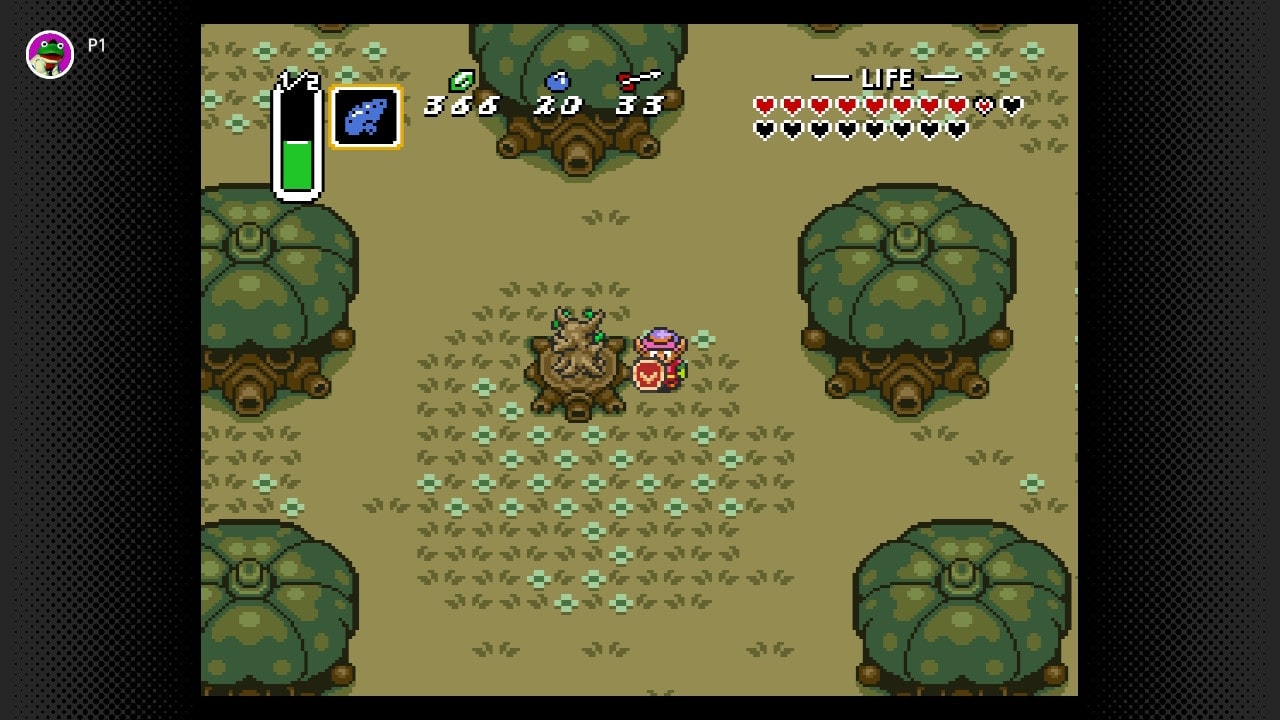
With several Sages rescued and a growing armory at his disposal, Link is able to gain access to the parallel world’s version of the Haunted Grove. It’s here that you’ll find the boy, who has been transformed by the corruption of the Golden Power that he so desperately sought. The boy will ask Link a favor – to find his precious flute, which he buried nearby somewhere in that familiar grove in the Light World. Upon digging up the instrument and returning it to the boy, he tells Link that he can no longer play the thing that brought him so much joy in the past.
As one final request, he asks Link to return the flute to his father. After this, the boy says, “Well, my mind is getting hazy. Please let me hear the sound of the flute one last time…” Link obliges, and he plays that haunting melody that we first heard the apparition play in the Light World. Content, the Flute Boy finally succumbs to the corruption of the Dark World and completes his transformation into a gnarled tree.
The Zelda series is no stranger to tragic moments, and this all started with the heart-breaking tale of the Flute Boy’s demise. Of course, Link’s heroic actions are eventually able to right these wrongs – the boy’s father inadvertently teaches Link how to use the power of the instrument for some rad avian fast travel. And during the final credits, we see that Link’s victory over Ganon broke the spell and allowed the boy to reunite with his father and serenade the critters of the grove once again.
It’s hard to describe how much of an emotional impact this sequence had on me as a kid playing through A Link to the Past for the first time. In a game filled memorable moments, including awaking the Master Sword, discovering the entire existence of the Dark World, and the climactic battle with Ganon, it’s the quiet story of a boy corrupted by the tantalizing promise of power that’s stuck with me the most after all of these decades.
Check out other entries in this ongoing Zelda series below.
- The Legend of Zelda’s Secret Weapon Is Trust
- Zelda II: The Adventure of Link Is a Bold and Important Failure
- Link’s Awakening Shows There’s More to Zelda Than Saving the World
- Ocarina of Time’s Forest Temple Is Zelda Dungeon Perfection
- Majora’s Mask Isn’t Just a Video Game
- Wind Waker’s Greatness Proves That Epona Kinda Sucks
- The Best Dungeon in Twilight Princess Finds Love in a Hopeless Game

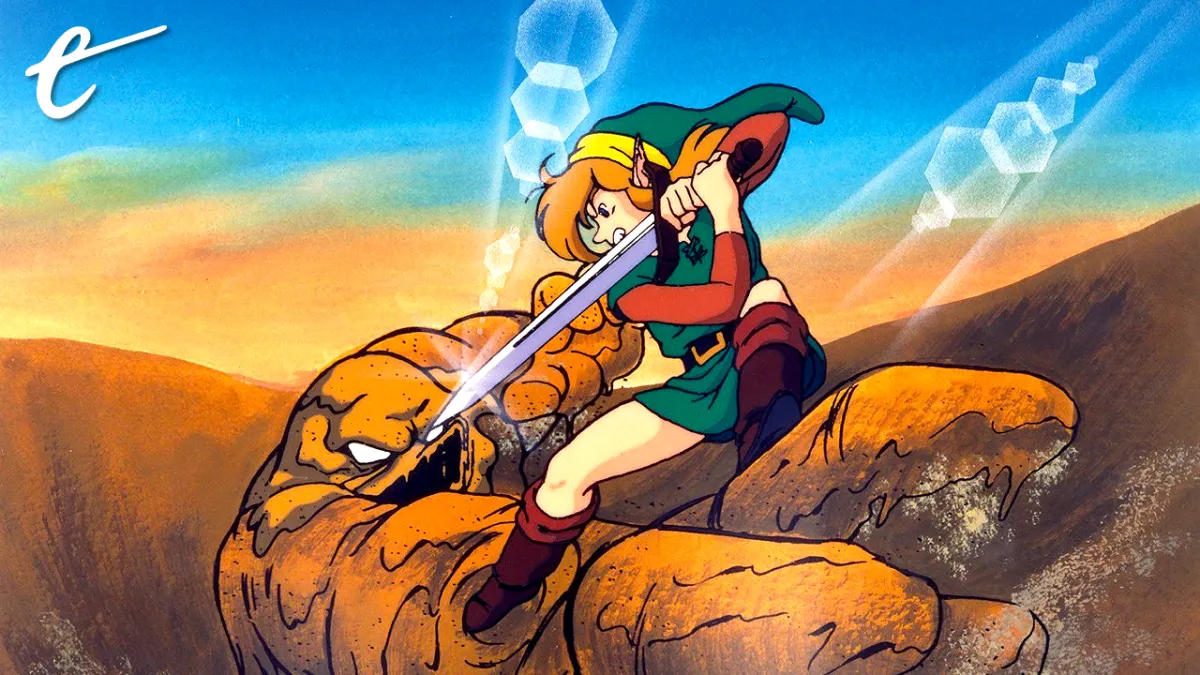
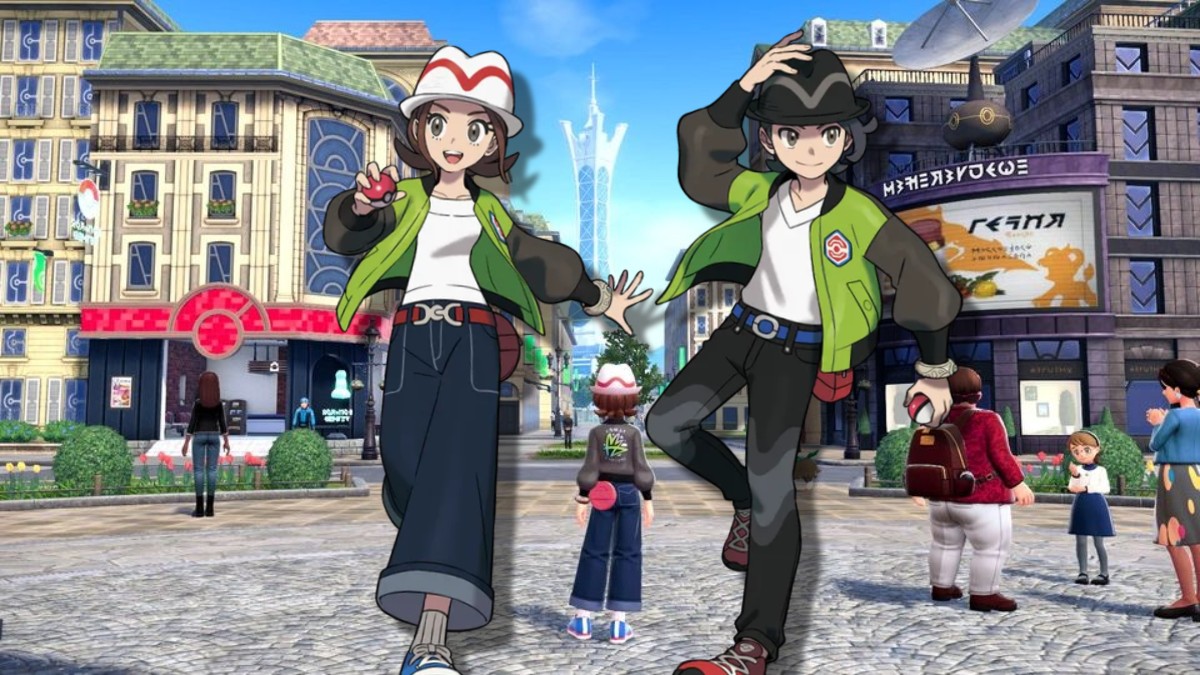

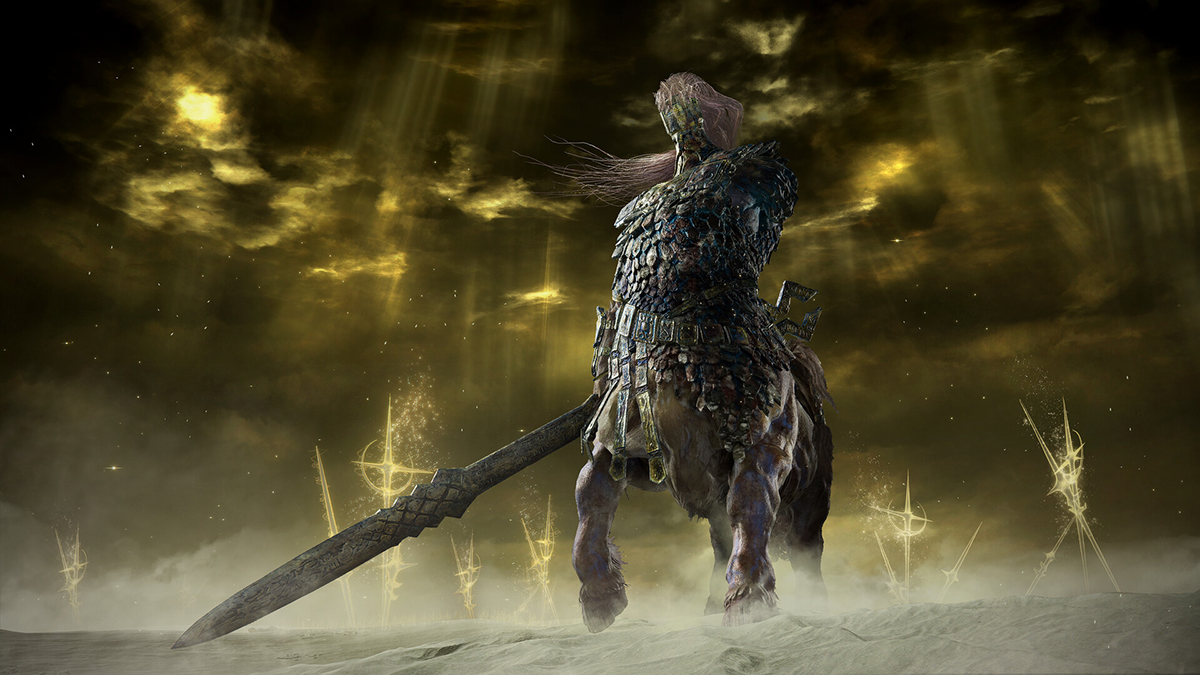




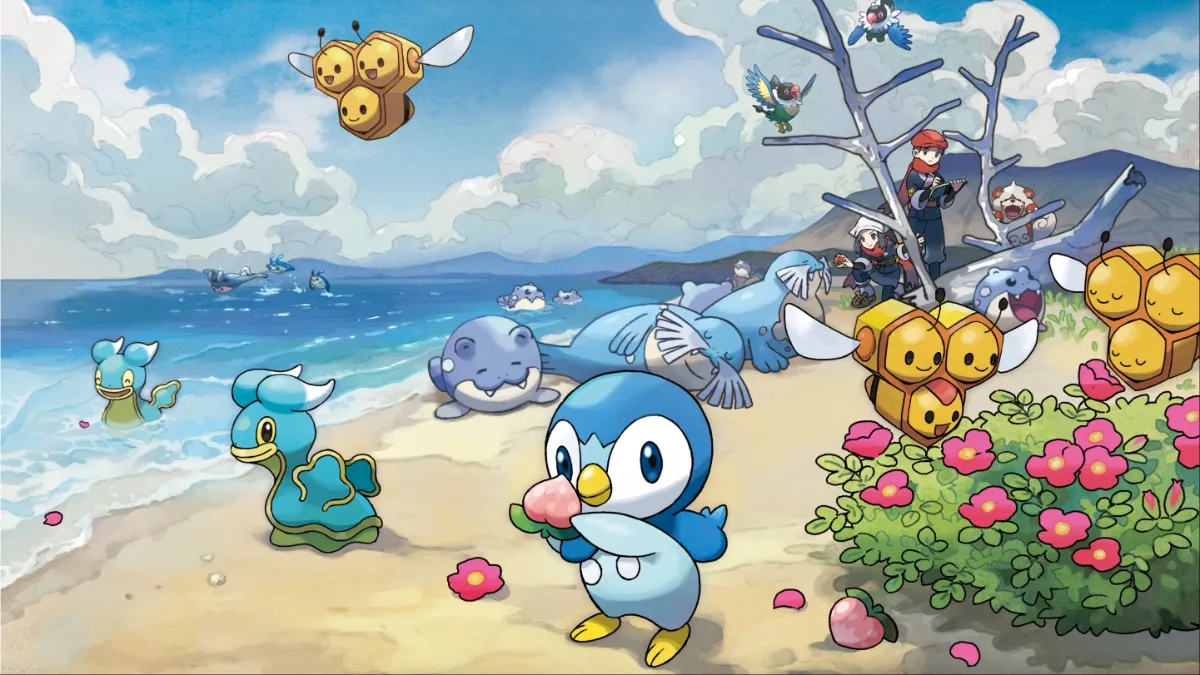
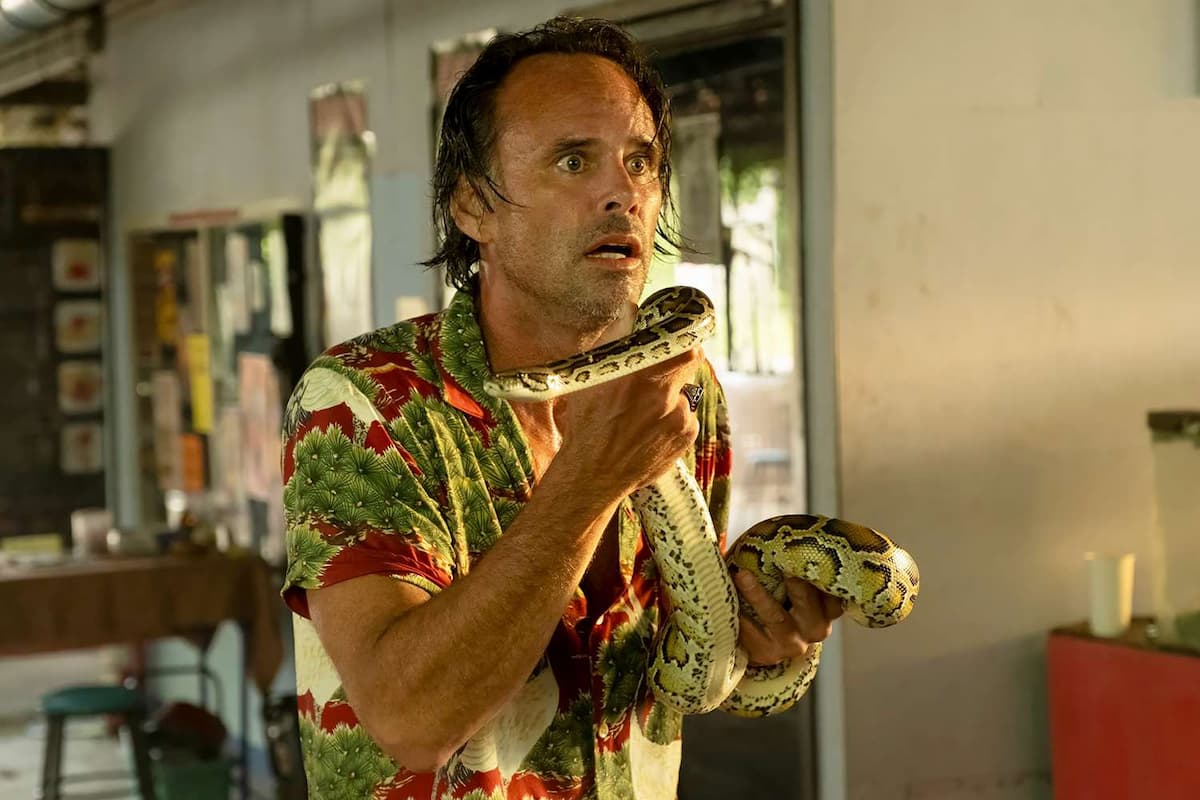

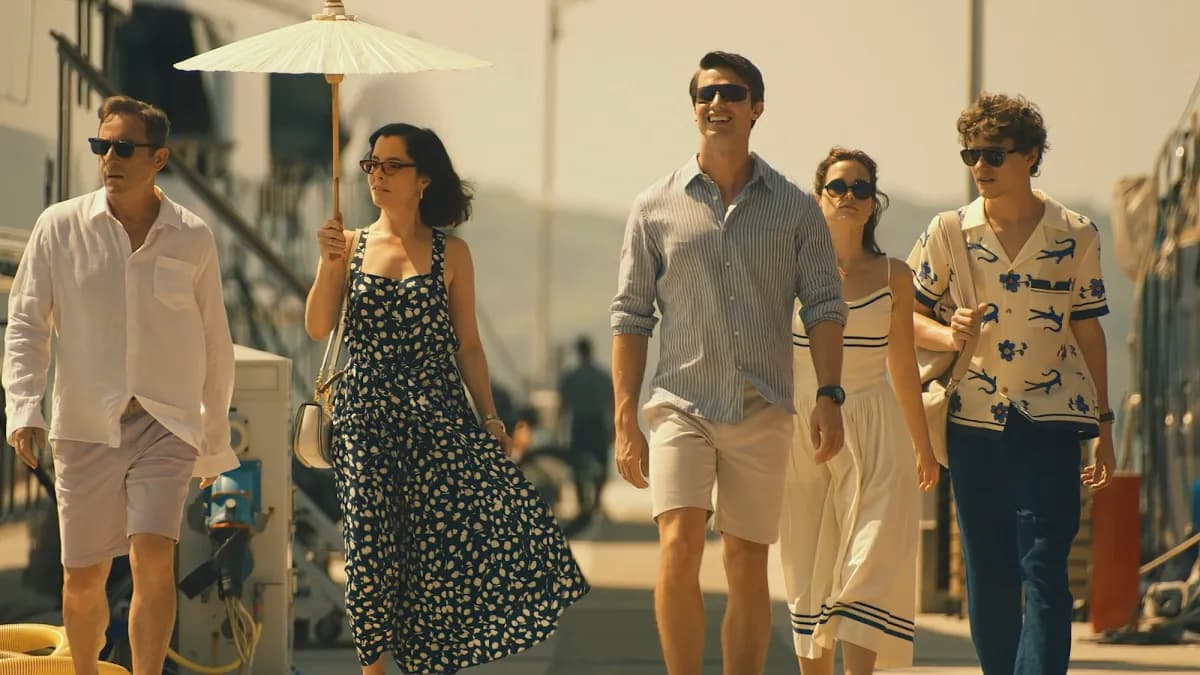

Published: Apr 27, 2023 7:02 PM UTC